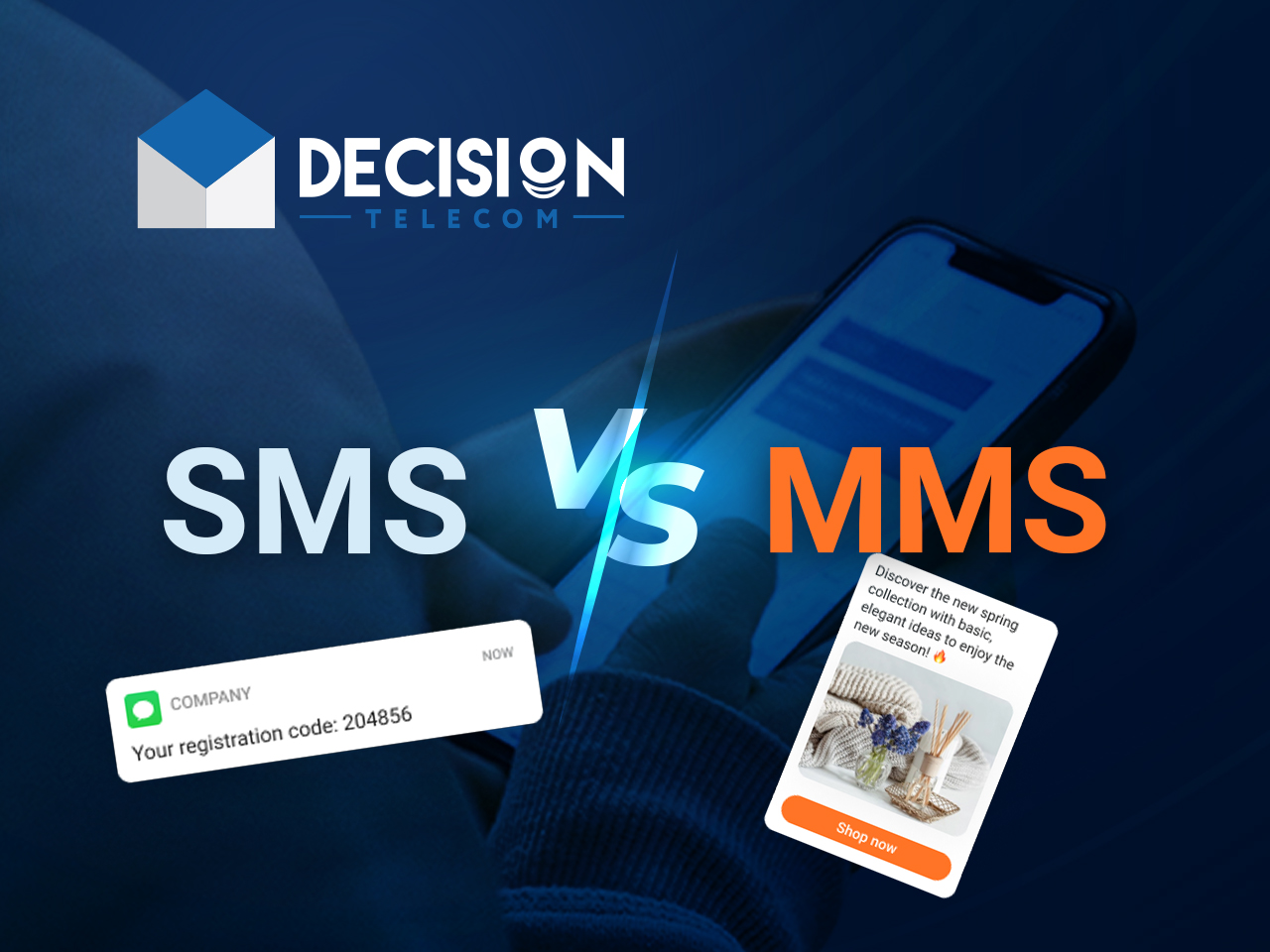MMS video is a term that resonates with anyone who has used mobile phones to share multimedia content. In the age of rapid technological advancement, understanding MMS video is essential for both personal and professional communication. This article delves into the intricacies of MMS video, its history, functionality, and how it has transformed the way we share videos in our daily lives.
The world of mobile communication has evolved significantly over the years, and MMS (Multimedia Messaging Service) has played a pivotal role in this transformation. Initially introduced to allow users to send images, audio, and video clips over mobile networks, MMS has since become an integral part of our daily communication. With the rise of social media and instant messaging apps, understanding the relevance and application of MMS video is more crucial than ever.
This article will explore various aspects of MMS video, including its advantages, common uses, and future trends. Whether you are a casual user who enjoys sharing videos with friends or a business professional looking to leverage multimedia messaging for marketing, this comprehensive guide will equip you with the knowledge you need to navigate the world of MMS video effectively.
Table of Contents
- 1. History of MMS Video
- 2. How MMS Video Works
- 3. Advantages of Using MMS Video
- 4. Common Uses of MMS Video
- 5. MMS Video vs. SMS
- 6. Future Trends in MMS Video
- 7. Best Practices for Sending MMS Video
- 8. Conclusion
1. History of MMS Video
The concept of multimedia messaging dates back to the early 2000s, when mobile technology began to expand rapidly. Before MMS, mobile users were limited to sending simple text messages (SMS). With the introduction of MMS in 2002, users could send multimedia content including images and videos. This marked a significant shift in mobile communication, allowing for richer interactions.
Evolution of MMS Technology
Initially, MMS was only available on certain mobile devices, and the file size was limited. However, advancements in mobile technology and internet connectivity have improved the capabilities of MMS, allowing users to send larger videos and higher-quality content. Today, most smartphones support MMS, making it a standard feature in mobile communication.
2. How MMS Video Works
MMS video operates over mobile networks, enabling users to send videos directly from their devices. The process is relatively straightforward and involves a few key steps:
- Compose a new message on your mobile device.
- Attach the video file you wish to send.
- Enter the recipient's phone number.
- Hit "Send" and the video will be transmitted via the mobile network.
Technical Aspects of MMS Video
MMS video messages are sent over a different protocol than standard SMS. This allows for larger file sizes and the inclusion of multimedia content. The maximum file size for MMS can vary by carrier but typically ranges from 300 KB to 1 MB.
3. Advantages of Using MMS Video
There are several advantages to using MMS video for communication:
- Rich Media Experience: MMS allows users to send high-quality videos that enhance the communication experience.
- Ease of Use: Sending an MMS video is as simple as sending a text message.
- Wide Compatibility: Most modern smartphones support MMS, making it accessible to a large audience.
4. Common Uses of MMS Video
MMS video is utilized in various scenarios, including:
- Personal Communication: Sharing memorable moments with friends and family.
- Marketing Campaigns: Businesses can send promotional videos to customers via MMS.
- Customer Support: Companies can use MMS to send instructional videos to assist customers.
5. MMS Video vs. SMS
While both MMS and SMS are messaging services, they serve different purposes:
- Content Type: SMS is limited to text, while MMS supports multimedia content.
- File Size: MMS allows for larger file sizes compared to SMS.
- Cost: Sending MMS typically incurs higher charges than SMS.
6. Future Trends in MMS Video
As technology continues to evolve, so too will MMS video. Future trends may include:
- Increased File Sizes: As network speeds improve, the ability to send larger video files will become more common.
- Integration with Social Media: MMS may integrate more with social media platforms, allowing for seamless sharing.
- Enhanced User Experience: Future developments may focus on improving the user interface for sending and receiving MMS videos.
7. Best Practices for Sending MMS Video
To ensure your MMS video is well-received, consider the following best practices:
- Keep videos short and engaging to maintain the recipient's interest.
- Ensure the file size is within the limits set by your mobile carrier.
- Consider the recipient's data plan; large video files may incur additional charges.
8. Conclusion
In conclusion, MMS video has revolutionized the way we communicate in the digital age. Its ability to send rich media content makes it a valuable tool for both personal and professional use. As technology continues to advance, the future of MMS video looks promising, with potential improvements in file sizes and user experience. Embrace the power of MMS video and start sharing your multimedia content today!
We encourage you to leave your comments below, share this article with your friends, and explore more articles on our site to enhance your understanding of mobile communication!
Thank you for reading, and we look forward to welcoming you back for more insightful content!

/what-is-sms-mms-iphone-2000247-Final-5c38a50846e0fb0001673a66.png)


